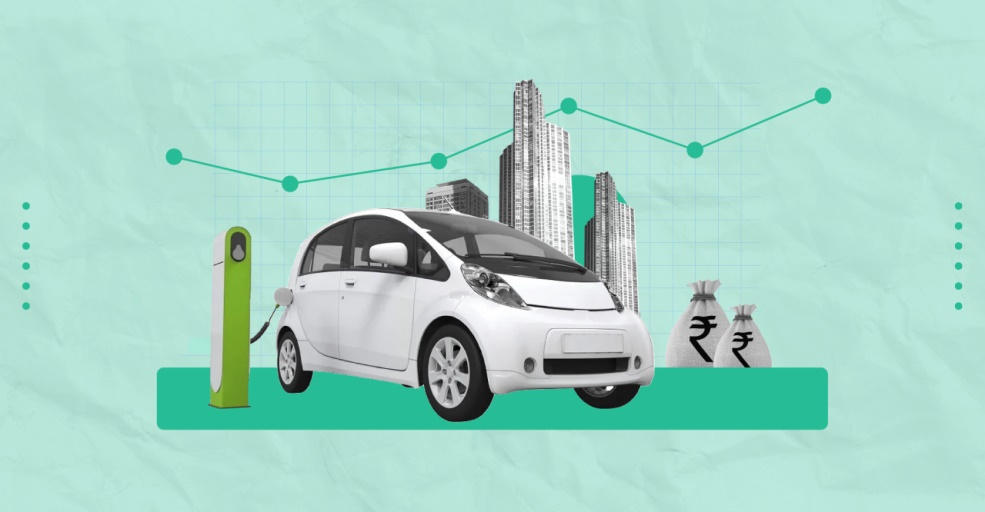Introduction:
The automotive industry has always been a cornerstone of innovation and progress, continuously pushing boundaries and redefining what’s possible. From the advent of the first automobile to the emergence of electric vehicles and autonomous driving technologies, this sector has undergone remarkable transformations over the decades. In recent years, the industry’s focus has shifted towards sustainability, with an increasing emphasis on reducing emissions, enhancing fuel efficiency, and embracing eco-friendly practices. This article explores the current landscape of the automotive industry, highlighting key trends, challenges, and innovations driving its evolution.
A Shifting Landscape:
The automotive industry is undergoing a profound transformation, driven by technological advancements, changing consumer preferences, and regulatory pressures. One of the most significant shifts is the increasing demand for electric vehicles (EVs) amid growing concerns about climate change and air pollution. Major automakers are investing heavily in electric mobility, with ambitious plans to electrify their fleets and phase out internal combustion engines.
Tesla, often hailed as a pioneer in the electric vehicle market, has catalyzed this transition with its innovative approach to EV design and manufacturing. Other traditional automakers, recognizing the urgency of the shift towards electrification, are ramping up their electric vehicle offerings and investing in battery technology to improve range and charging infrastructure to address consumer concerns about range anxiety.
Moreover, the rise of autonomous driving technology is reshaping the automotive landscape, promising enhanced safety, convenience, and mobility solutions. Companies like Waymo, Cruise, and Tesla are leading the race towards fully autonomous vehicles, leveraging artificial intelligence and advanced sensors to develop self-driving cars capable of navigating complex environments with minimal human intervention.
Sustainability Imperatives:
Amid growing environmental concerns, sustainability has become a central focus for the automotive industry. Automakers are under increasing pressure to reduce their carbon footprint, minimize waste, and adopt eco-friendly manufacturing processes. This has led to a surge in the development of alternative propulsion systems, lightweight materials, and recyclable components.
Hybrid vehicles, which combine internal combustion engines with electric propulsion systems, have gained popularity as a transitional solution towards full electrification. These vehicles offer improved fuel efficiency and reduced emissions compared to traditional gasoline-powered cars, making them a viable option for consumers looking to reduce their environmental impact without fully committing to electric vehicles.
Furthermore, advancements in material science are enabling the use of lightweight materials such as carbon fiber, aluminum, and composites, which contribute to improved fuel economy and reduced emissions. Automakers are also exploring innovative ways to recycle and reuse materials, closing the loop on the automotive manufacturing process and minimizing waste.
Challenges and Opportunities:
Despite the promising developments in electric and autonomous vehicle technology, the automotive industry faces several challenges on the road to sustainability and innovation. One of the most pressing issues is the need for a robust charging infrastructure to support the widespread adoption of electric vehicles. Range anxiety remains a significant barrier for consumers, highlighting the importance of expanding charging networks and improving battery technology to enable faster charging and longer ranges.
Moreover, the transition to electric mobility requires significant investments in manufacturing facilities, research and development, and supply chain restructuring. Automakers must navigate the complexities of transitioning from internal combustion engines to electric powertrains while ensuring the affordability and accessibility of electric vehicles for consumers across diverse markets.
Furthermore, regulatory uncertainties and geopolitical factors pose risks to the automotive industry, affecting supply chains, trade agreements, and market demand. Global efforts to address climate change and reduce greenhouse gas emissions are driving stricter emissions standards and regulations, shaping the future of the automotive industry and influencing technological innovation and market dynamics.
Despite these challenges, the automotive industry is ripe with opportunities for innovation, collaboration, and sustainable growth. By embracing emerging technologies, adopting eco-friendly practices, and prioritizing consumer needs, automakers can drive positive change and shape a more sustainable future for mobility.
Conclusion:
The automotive industry stands at a crossroads, facing unprecedented challenges and opportunities as it navigates towards a more sustainable and innovative future. Electric vehicles, autonomous driving technology, and sustainability initiatives are reshaping the way we think about transportation, offering solutions to pressing environmental concerns and improving the quality of life for communities around the world.
As the industry continues to evolve, collaboration between automakers, governments, and other stakeholders will be essential to overcome barriers, drive technological innovation, and accelerate the transition towards a greener, safer, and more efficient mobility ecosystem. By embracing change, fostering creativity, and prioritizing sustainability, the automotive industry can pave the way towards a brighter and more sustainable future for generations to come.

